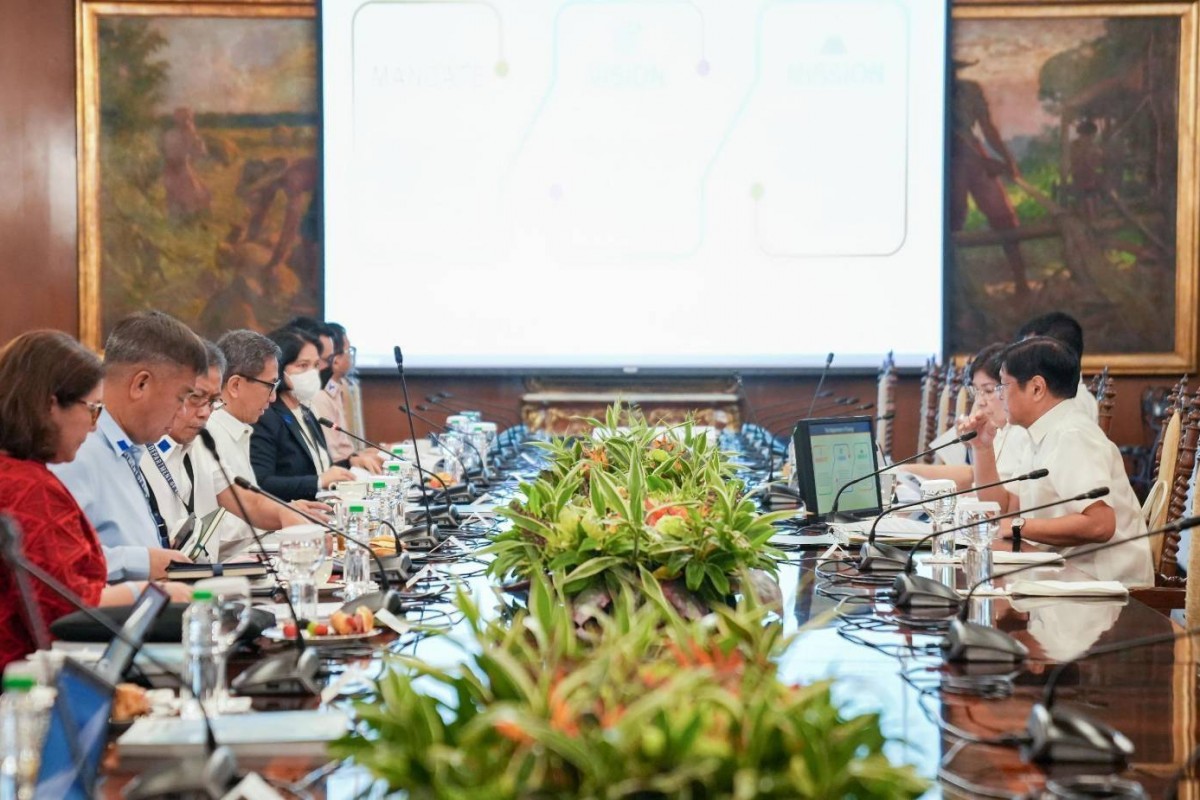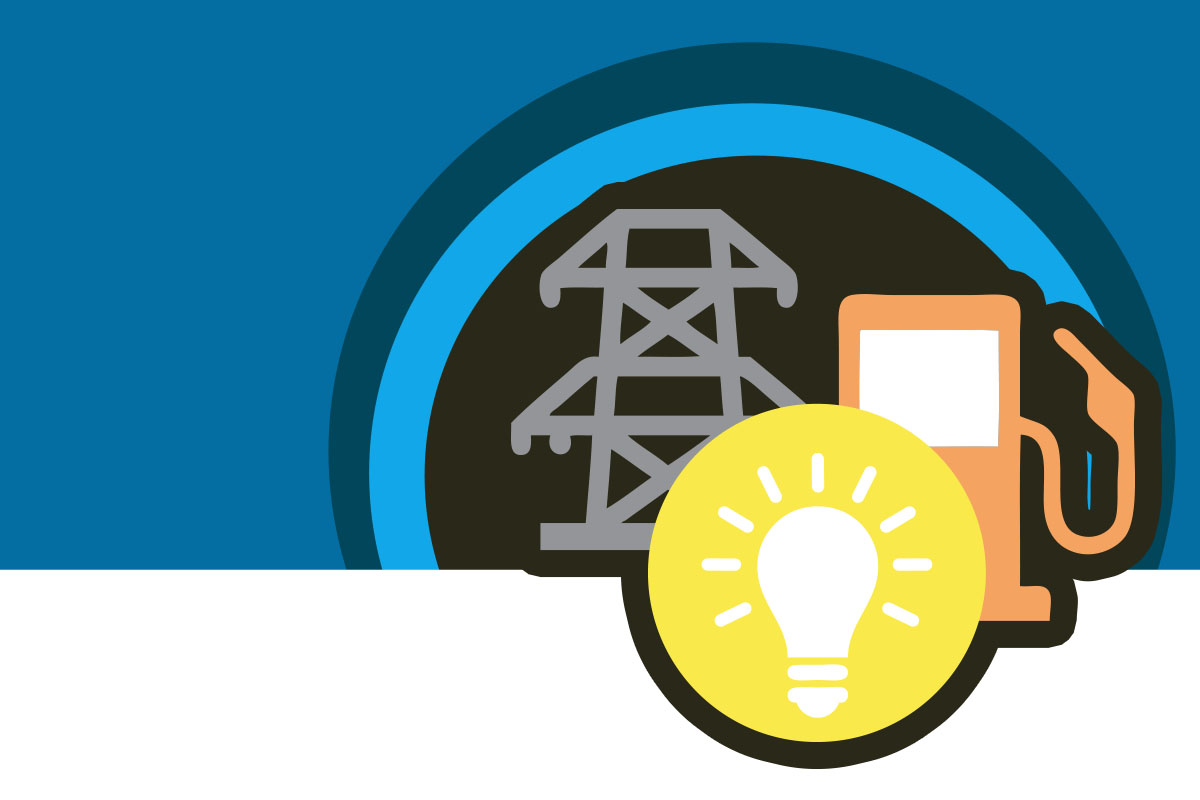MANILA -- President Ferdinand R. Marcos Jr. has given the Department of Energy (DOE) the greenlight for its plan to explore and develop the country’s offshore wind (OSW) potential as a source of clean and sustainable energy.
In a meeting at the Malacañan Palace on Wednesday, President Marcos instructed DOE Secretary Raphael P.M. Lotilla and other energy officials to move forward with the agency’s offshore wind energy production initiatives.
DOE officials also proposed the creation of an Offshore Wind Development and Investment Council, composed of relevant government agencies that will serve as a one-stop shop for OSW developers.
The President is in favor of the proposal but maintained the DOE should handle the regulatory functions to streamline coordination and simplify the approval process.
“It should be the Department of Energy who should be talking with the OSW developers, in consultation with the council, of course. It has to be led by the DOE,” Marcos said.
The DOE reported to the President there are currently 42 approved offshore wind contracts with an indicated capacity of 31,000 Megawatts (MW).
The agency noted a strong interest from the private sector, especially from countries considered leaders in offshore wind technology such as Denmark, Norway, and the United Kingdom.
Based on the World Bank’s OSW Roadmap, the Philippines has the capacity to deploy 40 Gigawatts of OSW electricity by 2050.
“This is more than enough to cover the 500,000 MW projected peak demand the country will require by 2040 based on DOE’s medium to long-term power outlook,” Lotilla told the President.
Apart from addressing the country’s energy needs, Lotilla said the power generated by OSW projects can also be used to produce alternative fuels, such as Green Hydrogen.
The DOE has signed a memorandum of understanding with a Japanese and an Australian firm to expedite hydrogen research.
The DOE said that hydrogen may be converted into ammonia, which is a primary component in the production of industrial fertilizers used in agriculture.
The DOE also noted in its November 2022 to December 2023 outlook that power reserves in Luzon may fall below ideal levels with the continued shutdown of the Ilijan Power Plant in Batangas City, which has a total capacity of 1,200 MW.
As a contingency, the energy department proposes to run the Ilijan Power plant, a dual-fuel power station in Ilijan, Batangas City, using diesel fuel to produce 420MW, as well as implement the Interruptible Load Program.
The DOE also said it is closely coordinating with other government agencies to address the delays in the National Grid Corporation of the Philippines’ (NGCP) transmission line projects to free up power capacity for 2023.
Pending the release of the Philippine Development Plan (PDP) 2023-2028, the DOE is slated to release short-term action plans from 2022–2024 to guide the energy sector during this period.
With the Philippine Development Plan 2023-2028, the government aims to strategize for a more efficient labor market by improving the quality of education, offering opportunities for life-long learning, skills development and a wide array of options to obtain micro-credentials.
The Philippine Energy Plan is a 20-year plan which includes energy sector initiatives and projects that seek to ensure sustainable, stable, secure, adequate, accessible and inexpensive energy.
In his inaugural State-of-the-Nation Address (SONA), the chief executive said the government would prioritize clean energy and, at the same time, tap natural gas and nuclear power to meet the Philippines’ energy demands. (PND)



